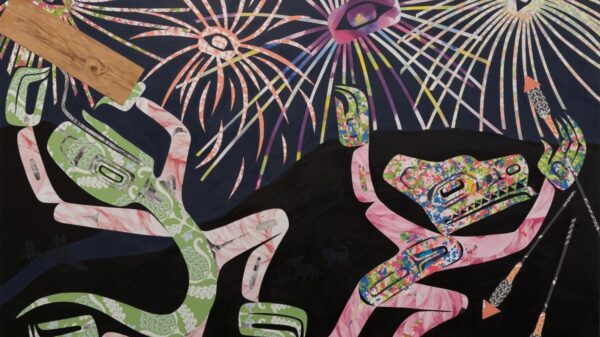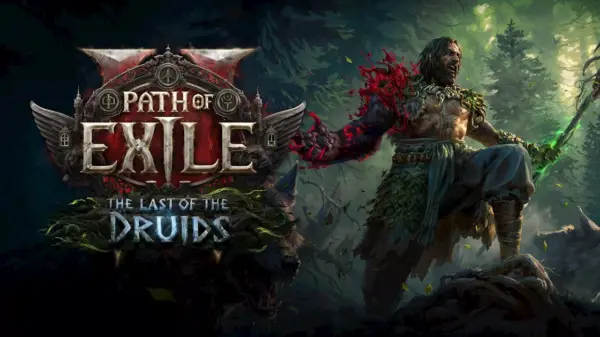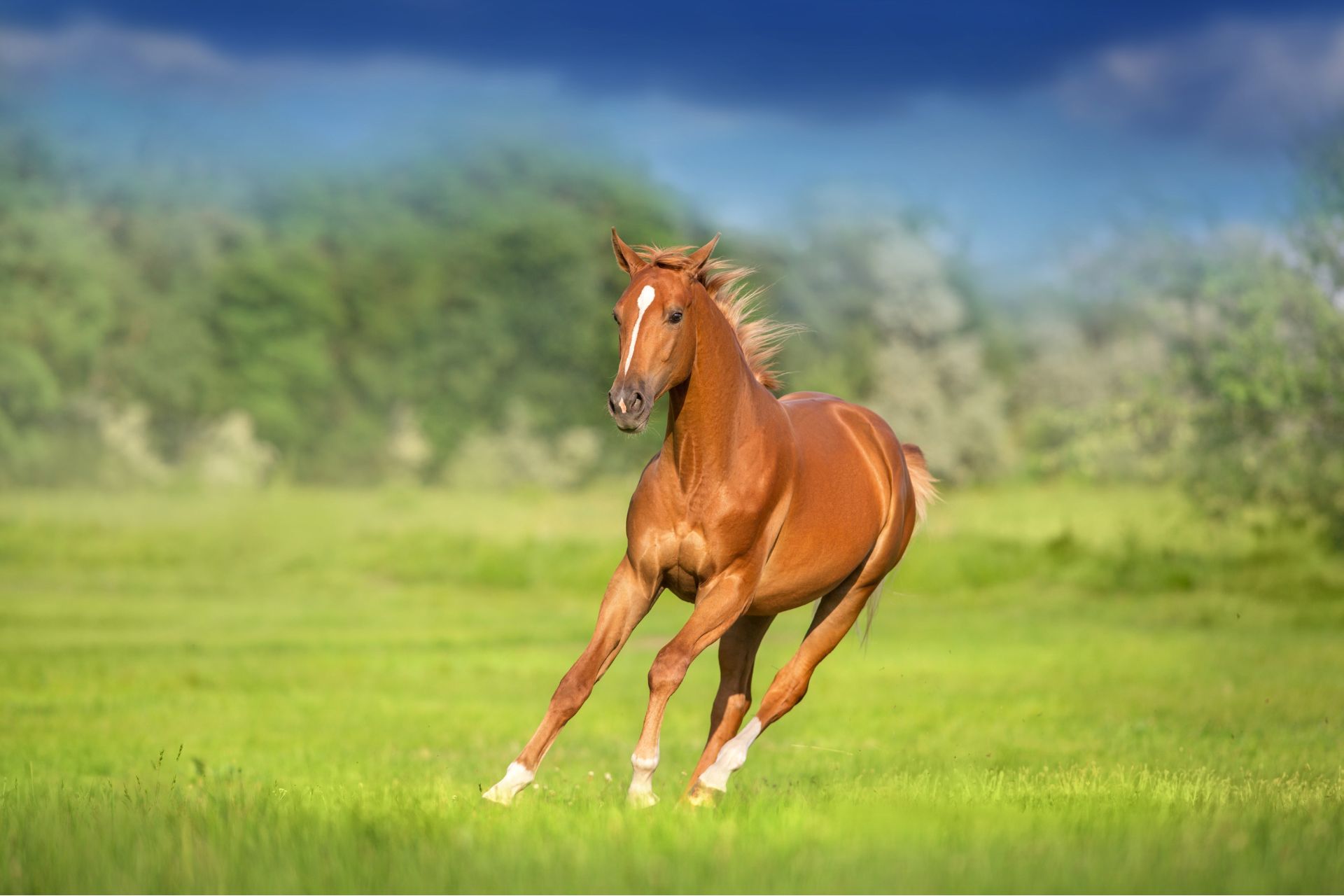BREAKING: New research reveals groundbreaking insights into how humans domesticated horses, a pivotal development that occurred roughly 6,000 years ago. Published on August 28 in the journal Science, this study uncovers the genetic changes that made horses manageable and rideable, reshaping human history.
Scientists have long sought to understand the nuances of horse domestication. This latest study, led by Ludovic Orlando from the French National Centre for Scientific Research, highlights 266 genetic markers associated with key traits such as behavior, athleticism, and disease susceptibility. These markers reveal how selective breeding has impacted modern horse populations.
According to the findings, approximately 5,000 years ago, early domestication favored a specific genetic region linked to the ZDPM1 gene, essential for behavior modulation. This suggests taming was one of the earliest steps in the domestication process. About 250 years later, humans intensified their breeding efforts, focusing on the GSDMC locus, which affects body conformation and strength—traits crucial for riding and carrying loads.
Orlando stated, “The selection was not only very strong, but the timing was bang on.” This intense selective breeding led to a significant reduction in genetic diversity, termed the “domestication bottleneck.” With about 16% of genetic diversity lost in the last 200 years, these findings raise urgent questions about modern horse breeding practices.
Co-author Lin Jiang, from the Chinese Academy of Agricultural Sciences, conducted experiments modifying the GSDMC locus in mice to demonstrate its physiological impact. The modified mice exhibited superior strength and improved locomotion, mirroring changes in horses that made them suitable for riding. Jiang noted that these biological effects are directly linked to the critical period just before the global spread of domesticated horses.
This research not only rewrites the history of horse domestication but also challenges the longstanding belief that color diversity was the initial trigger for domestication. “What was really surprising to me in our data is that we don’t see evidence of color being the trigger in the very beginning,” Orlando emphasized.
The implications of this study extend beyond historical understanding. The genetic insights gleaned from ancient DNA can guide contemporary breeding efforts to enhance horse welfare and diversity. With more clarity on the genetic shifts that shaped equine domestication, researchers hope to mitigate the effects of selective breeding that have led to significant genetic loss.
As this research unfolds, it establishes a crucial link between our past and the future of horse breeding. Scientists are eager to explore how these findings will influence modern practices and conservation efforts. The bond between humans and horses, which has been pivotal for thousands of years, continues to evolve with these new revelations.
Stay tuned for further updates as this story develops.






































































